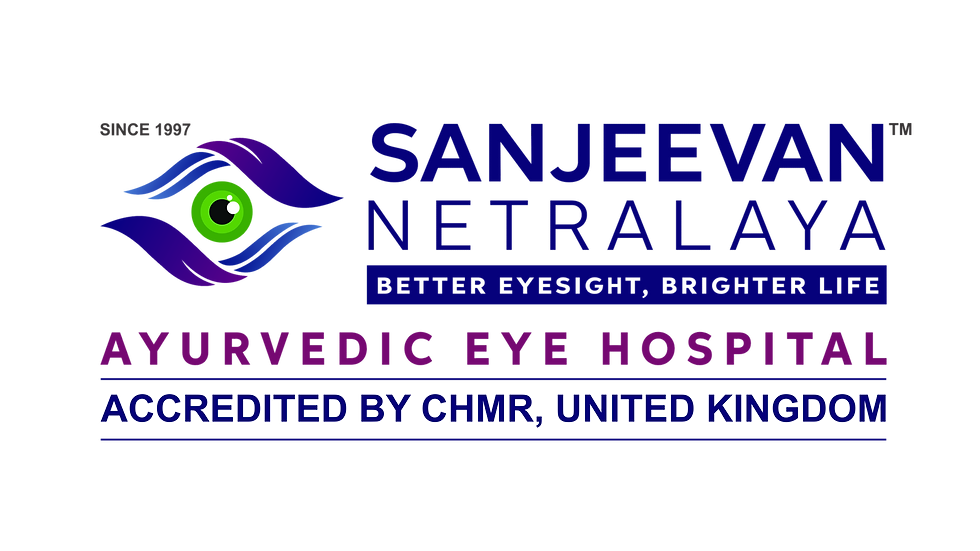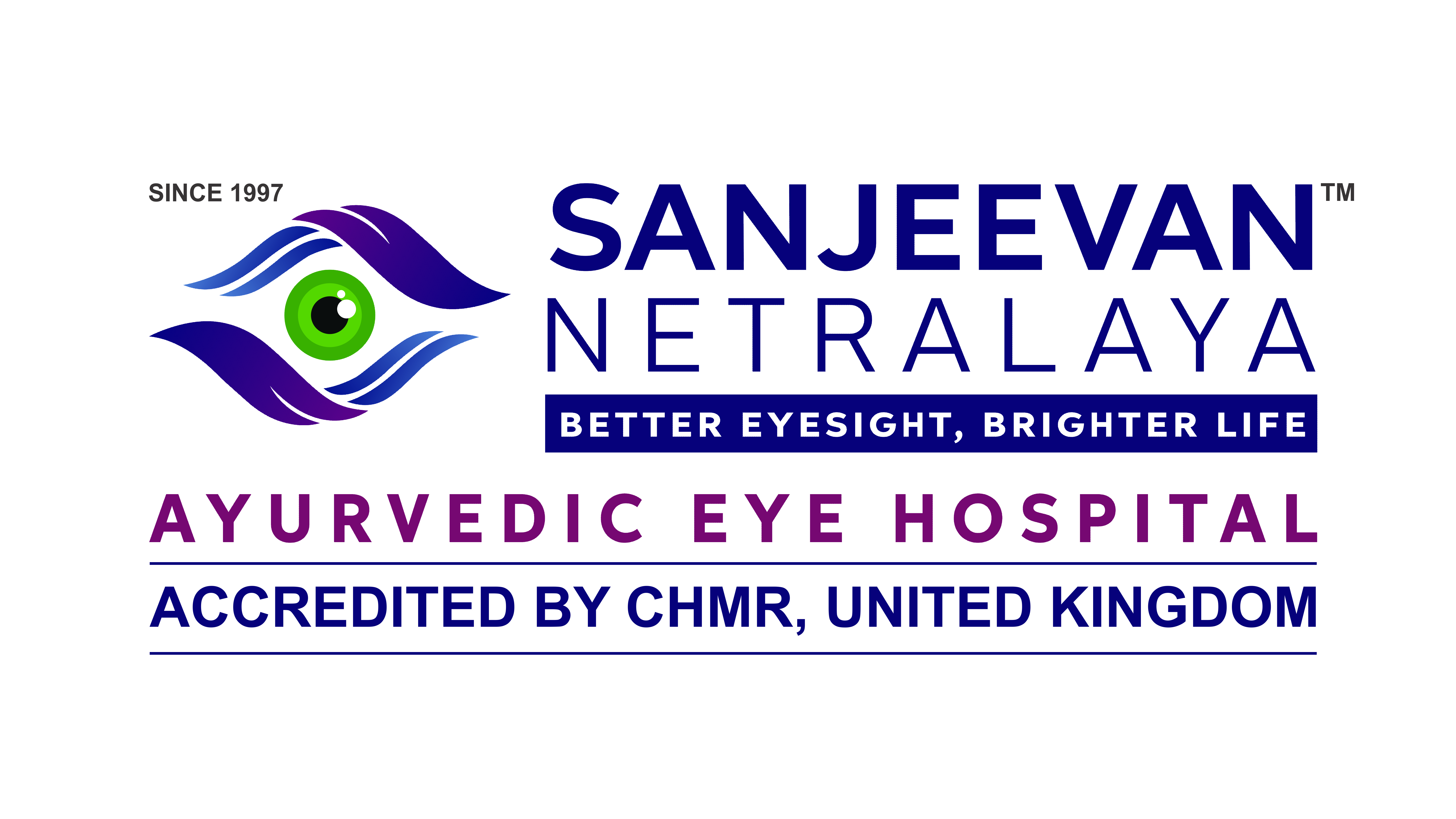- Hiren Suryawanshi
- Aug 14, 2024
- 2 min read
Updated: Sep 26, 2024

What Is Tractional Retinal Detachment?
Tractional retinal detachment is a type of nonrhegmatogenous retinal detachment, meaning it is not caused by a retinal tear. Instead, it occurs when fibrovascular or fibrotic tissue proliferates and contracts, pulling the retina away from its underlying layer.
Causes:
Tractional retinal detachment can be caused by several conditions, including:
- Diabetic retinopathy
- Sickle cell retinopathy
- Retinopathy of prematurity
- Proliferative vitreoretinopathy
- Toxocariasis
- Familial exudative vitreoretinopathy

Symptoms:
This condition may be asymptomatic if the macula is not involved. However, if symptoms occur, they may include:
- Acute onset of photopsias (flashes of light)
- Floaters (often described as "shade" or "cobwebs")
- A shadow across the visual field
- Decreased vision
Signs:
Tractional retinal detachment is typically smooth, concave, and usually localized, not extending to the ora serrata. It is often associated with fibrovascular proliferation and may present with pseudoholes or true holes. In cases where a combined tractional – rhegmatogenous detachment occurs, the detachment may progress more rapidly, becoming convex if a retinal tear develops.
At Sanjeevan Netralaya Ayurvedic Eye Hospital, Tractional Retinal Detachment is treated with great success.
Tractional Retinal Detachment Ayurvedic Treatment at Sanjeevan Netralaya Ayurvedic Eye Hospital
Tractional Retinal Detachment is a serious condition where the retina is pulled away from its normal position due to scar tissue or other factors, often related to conditions like diabetic retinopathy. At Sanjeevan Netralaya Ayurvedic Eye Hospital, we offer specialized Tractional Retinal Detachment Ayurvedic Treatment designed to address the root causes and prevent further vision loss.
Our Ayurvedic treatment for Tractional Retinal Detachment uses proprietary herbal formulations to reduce scar tissue formation, improve blood circulation, and enhance overall retinal health. Our treatment aims to reattach the retina and prevent it from total detachment, with the goal of restoring and protecting vision as effectively as possible.
Sanjeevan Netralaya Ayurvedic Eye Hospital provides a unique holistic approach to Tractional Retinal Detachment Ayurvedic Treatment. Each treatment plan is customized to meet the specific needs of the patient, ensuring the best possible outcome.
Contact us today to learn more about our Tractional Retinal Detachment Ayurvedic Treatment and take the first step towards preserving and improving your vision naturally.

